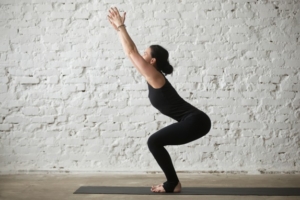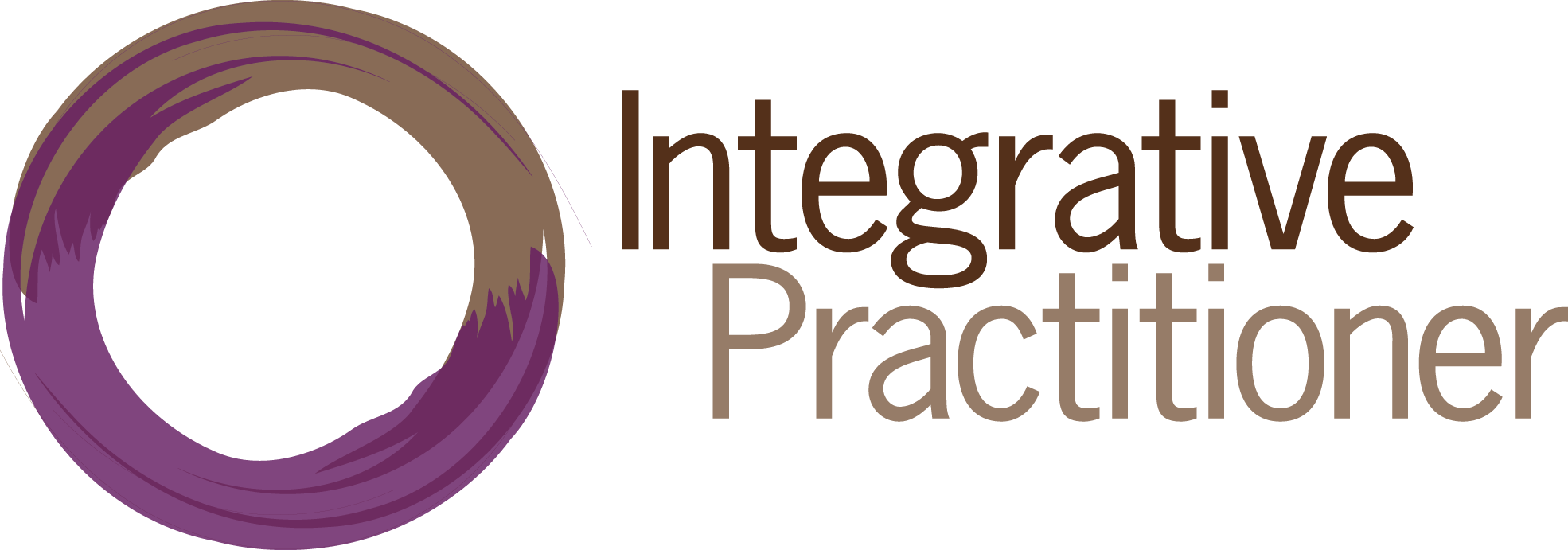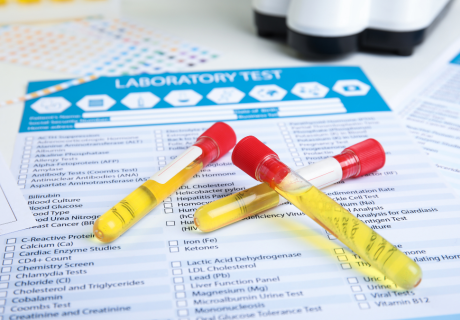Functional movement assessments for practitioners
December 9, 2017
 Looking at the body anatomically is not the problem—letting anatomy create short-sighted approaches to performance is, said Robert Silverman, DC, MS, CNS, CSCS, CKTP, CES, CIISN, DACBN, HKC, SASTM, during a live seminar December 9-10 in Portland, Maine. Movement patterns start in the brain, and therefore chiropractic therapies must focus on everything that contributes to movement—not just the muscular system, but the nervous system, too. Silverman offers four steps to address movement with patients:
Looking at the body anatomically is not the problem—letting anatomy create short-sighted approaches to performance is, said Robert Silverman, DC, MS, CNS, CSCS, CKTP, CES, CIISN, DACBN, HKC, SASTM, during a live seminar December 9-10 in Portland, Maine. Movement patterns start in the brain, and therefore chiropractic therapies must focus on everything that contributes to movement—not just the muscular system, but the nervous system, too. Silverman offers four steps to address movement with patients: - Identify the affected structures
- Determine changes in motion patterns
- Determine affected kinetic chains
- Apply corrective treatment, exercise, and motor control protocols
- Posture/pain
- Overhead squat
- One-legged squat
- Trunk stability push-up
- Valgus jump text
- Upper/lower muscle firing patterns
- Push-up




















SHARE